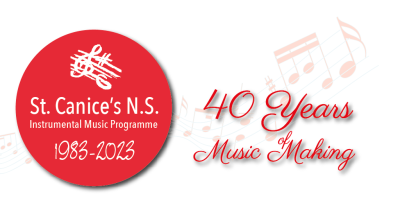The orchestral string family consists of four instruments, the Violin, the Viola, the Cello, and the Double Bass. Sound is made by each instrument in the family by plucking with the fingers or rubbing the horse hair bow across a string. Each instrument also comes in a variety of sizes, to fit the size of the student. All students are measured by a music teacher to determine the size that suits them as a individual. Despite these similarities, there are a few fundamental differences between each member of the family. The guitar is another stringed instrument, but it is not a member of the classical orchestral string family.
Guitar
The guitar is a stringed instrument that is an integral part of various musical styles. It is a common sight concerts promoting Blues, Country, Rock and Mariachi performances across the globe. This traditional solo classical instrument has ancient roots, dating as far back as 4000 years ago!
The three most common types of guitar are the classical, acoustic and electric.
Classical guitars are typically strung with nylon strings. They have a wide, flat neck for least string interference with scales and arpeggios. The acoustic guitar, typically strung with metal strings emits sound via a soundboard, typically a wooden mount on the front of the design. Electric guitars are fitted with electromagnetic pickups to convert string vibrations into electrical signals. These are then fed into an amplifier and modified via vacuum tubes.
The guitar is a versatile musical instrument. It can be played alone or with other instrumentalists and can cover a wide range of musical genres from rock and pop to classical.
St Canice’s guitarists can play alone or in groups with other guitars, instrumentalists and singers.
